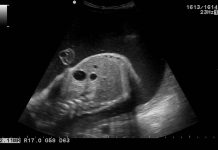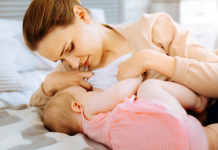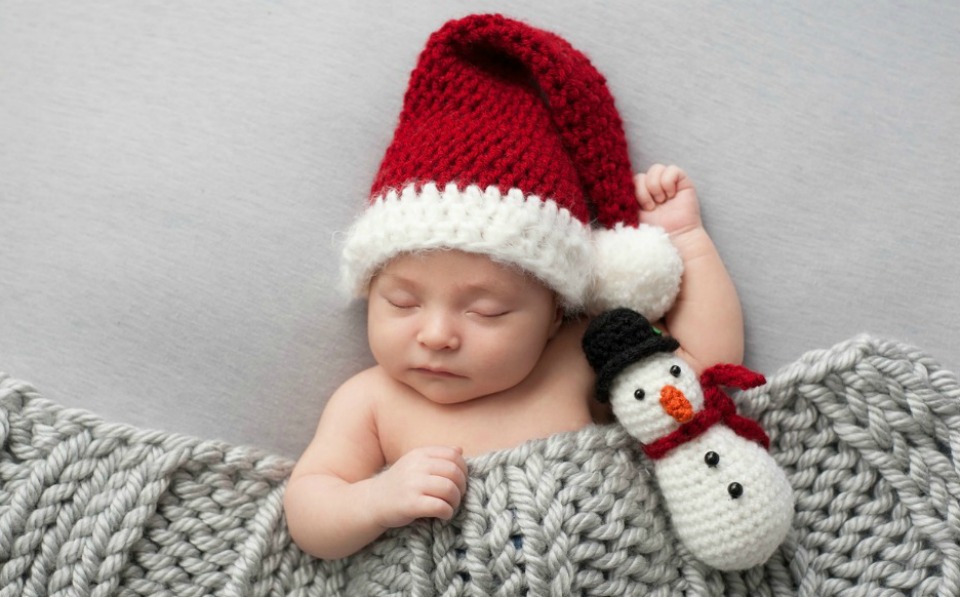Childhood is a time of fun, delight and innocence. However these episodes of enjoyment are broken when a baby or child develops childhood illnesses, but these are mostly self limiting in nature. One such infection is roseola. Roseola primarily affects babies and toddlers, between birth and 3 years.
Read More: 11 Tips For Taking Care Of Your Kids Skin
Numbered diseases of childhood
Childhood diseases that can cause a rash were earlier given a number, to make them easier to understand. These numbers are not always used by today’s doctors but are useful in understanding skin rash inducing diseases in children.
- First disease – Rubeola/ Hard measles
- Second disease – Scarlet fever
- Third disease – Rubella/ German measles
- Fourth disease – Duke’s disease/ Scarlet fever variant
- Fifth disease – Eythema infectiosum / Slapped cheek disease
- Sixth disease – Roseola
Read More: 11 Tips to Make Your Baby Skin Fair
Different names, same infection
Roseola is called so because of the distinctive rose red rash that appears during its course. It is also often called sixth disease because it is one of the six common childhood rash infections. It is also called exanthem subitum, which means sudden rash, because the rash develops abruptly. In infants it is called roseola infantum. It is also called 3 day fever, because of the duration of fever.
Read More: 11 Natural Ways to Treat Drool Rash in Babies
Causes for Roseola in Children
Roseola is caused by a virus called human herpesvirus (HHV) -6 and sometimes HHV-7. It is a contagious infection. Babies and toddlers can contract roseola from others who have this infection, or conversely, may spread it to other children too. It spreads through contact with infected respiratory secretions or saliva. Thus, coughing, sneezing and talking may spread the virus. The roseola virus remains latent in the body and may reactivate at a later date. However, reactivation of the virus is more common in immune –compromised individuals such as those who are transplant recipients.
Symptoms for Roseola in Children
Roseola presents with typical symptoms such as
- High fever – Roseola begins with high fever that lasts for 3 to 7 days.
- Some infants may develop febrile seizures Febrile seizures are seen as unconsciousness and jerky movements of the body due to high fever.
- Runny nose, sneezing and coughing.
- Irritability and feeding problems are seen.
- Swollen lymph glands or lymphadenopathy may be seen in the neck.
- A pink or red, flat rash develops on the chest, back and tummy, once the fever subsides. The rash may sometimes have a white ring around it. The rash lasts for a few hours to a few days. It may spread to the face, arms and legs. It is not itchy.
- Mild diarrhea may accompany the rash.
- Eyelid swelling may sometimes be seen.
- In immune compromised individuals, more serious symptoms of organ failure may be seen.
Read More: 15 Must Know Home Remedies for Baby Heat Rash
Treatment for Roseola in Children
Roseola is treated by targeting the symptoms. In general, no antibiotic is effective for treatment of this infection. Roseola takes its own course and usually subsides within days. A few supportive measures are-
1. Hydration
Give your baby or toddler adequate fluids in the form of regular feeds and water. Look out for possible signs of dehydration in a baby – less wet nappies/diapers, dry skin on the body and hollowed eyes. Irritability may also be seen.
2. Anti pyretic medicines
Paracetamol syrup may be used to bring down the fever in a roseola infection, under supervision of a pediatrician. Make sure the correct dose is given. Aspirin is to be avoided because of its side effects in children.
Read More: 12 Awesome Home Treatments for Diaper Rash
3. Rest
A child needs to rest to let the body recover, so ensure your child gets adequate bed rest.
4. Keep your child at home
Since roseola is contagious, keeping your child at home will help him/her recover and prevent spread of the infection to other kids too.
5. Avoid over warming
Do not over – warm your child with heavy blankets or covers. A simple sheet or blanket if the weather is cold, will suffice.
6. Ensure hand hygiene
Since roseola is contagious, ensure that your child regularly washes his/her hands, especially if he/she touches nose and face often, during sneezing and coughing.
Roseola is a common viral infection in children and often does not take a serious form. However, it is contagious and the symptoms will be severe enough to make parents worry about their little one. It usually settles down spontaneously with time and reactivation is not common. However, if for any reason a child is immune deficient or immune compromised, the disease takes a more severe form.
Recognizing the symptoms of sixth disease or roseola will help parents detect the infection early. Do not stress out if your child develops roseola. Instead, take action by visiting your pediatrician as soon as possible and treating the symptoms effectively.
Read More: Heat Rash in Toddlers – Causes and Symptoms
An informed parent is a smart parent!
References:
https://emedicine.medscape.com/article/1133023-overview
https://www.nhs.uk/conditions/roseola/













